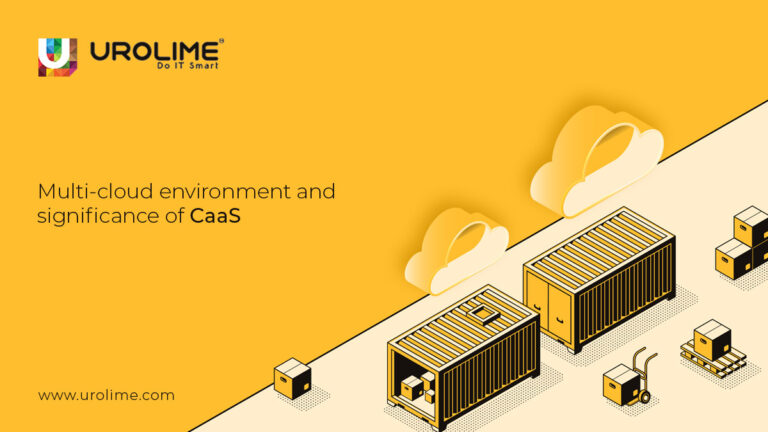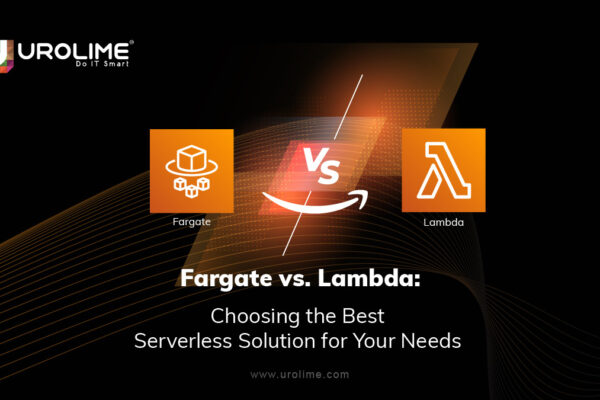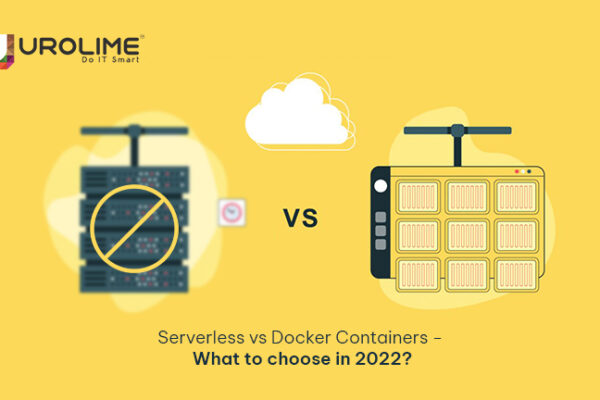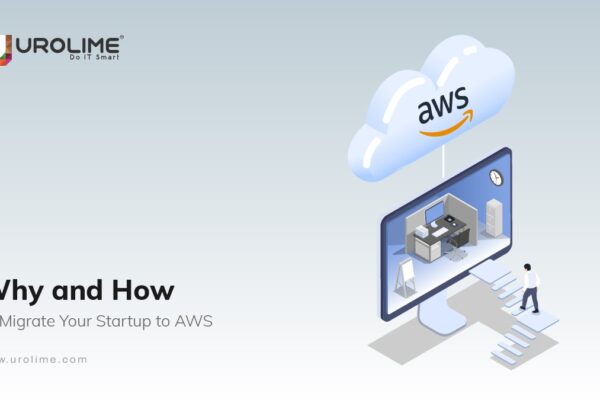Containers play an important role for managed service providers (MSPs) working with customers who appreciate the benefits of cloud development. Containers are small software packages used to run programs in a network infrastructure. Containerization allows developers to create multiple portable application components for cloud infrastructure. Containers can save developers time and money, especially when run as a service.
Container as a Service (CaaS), uses container-based virtualization to load, configure, execute, scale, and manage containers. The importance of CaaS continues to grow due to developments in technologies such as container technology, microservices architectures, and cloud computing.
How do containers work?
Containerization is a technique that enables efficient, high-performance, and dense deployment of workloads across multi-cloud environments.
Container technology built as part of Linux has its roots in the partitioning and isolation of chroot processes. Application containers like Docker and system containers like Linux (LXC) containers are examples of contemporary kinds of containerization. Both enable IT to migrate between deployment environments, streamline version management, and separate application code from the underlying infrastructure.
Containers also have their own isolated operational resource segments that help DevOps scale codebases efficiently. It works consistently across all systems and uses containers, reducing the time and resources needed to manage deployments.
How does CaaS work?
The container as a Service (CaaS) is a cloud-based subscription-based service that gives businesses a faster and easier way to deploy containers, clusters, and virtualized applications.
A container orchestration engine is used by a CaaS provider to manage the infrastructure for all containers within an organization. Through web portal interfaces, API calls, or container-based virtualization, users can access these services. Scalability is easier and deployment is faster because services are accessed from containers instead of virtual machines (VMs) or bare-metal hosts.
Each container in CaaS has a specified codebase with its operating system and network protocol binding. Thus, it makes it ideal for delivering micro-applications. The installation is therefore almost immediate. Additionally, CaaS performance management is largely outsourced, freeing up time for IT staff with each deployment.
CaaS can help support multi-cloud strategies, and optimize and reduce operational costs.
CaaS
Listed below are examples of CaaS provided by public AWS cloud consulting services and Google cloud consulting companies.
- Amazon Web Services (AWS) – has Amazon EC2 Container Service (ECS).
- Google – has Google Container Engine Service.
- Microsoft Azure – has Azure Container Service.
- IBM
- Rackspace
IaaS
IaaS (Infrastructure as a Service) which consists of servers, storage, virtual machines (VMs), and networking, is the basis for the service-as-a-service concept, which is the cornerstone of cloud computing.
IaaS enables developers to request hosting providers for access to particular cloud computing instances. Custom software can be installed and configured remotely.
PaaS
Platform-as-a-Service (PaaS) pertains to code stack-level infrastructure. This is the back end of development. Projects using PaaS don’t have a substratum operating system. Users can develop, manage, and operate their apps thanks to the model. Because it concentrates on a single stack per deployment, PaaS is better for deployments of a single application.
Platform as a service (PaaS) includes an infrastructure code stack layer. The development context is as follows. This is the development context. There is no underlying operating system for PaaS projects. Users are instead free to create, manage, and use their applications thanks to this paradigm. Due to its emphasis on a single stack per deployment, PaaS is most suitable for deployments of a single application.
Why is CaaS crucial?
CaaS is crucial because it gives IT departments and software development teams more freedom to decide what they can do.
CaaS is apt for microservices. Each container in CaaS can have its operating system and language stack to maintain consistent behavior across environments.
Infrastructure management was an element of software development’s release process before CaaS became an option. The DevOps team needs to take into account the infrastructure that the containers are running on. It helps manage and control cloud computing systems and network routing systems.
An important feature of CaaS technology is the orchestration that automates key IT processes. Google Kubernetes and Docker Swarm are the two platforms for CaaS orchestration. Enterprise customers across all industries have demonstrated how they benefited from container and CaaS solutions.
Containers enhance productivity and make it simple for these businesses. It helps them to implement cutting-edge solutions for modernizing applications and creating cloud-based microservices. Cloud consulting partners can deliver software quickly, port it more easily between hybrid and multi-cloud systems, and spend less on operational overheads, licensing, and infrastructure.
CaaS Advantages
- Containers and CaaS greatly simplify the development and deployment of distributed applications or the creation of small services.
- During development, collections of containers can perform in different coding environments and functions.
- You can define network protocol connections between containers and associate them with forwarding.
- CaaS container structures can provision cloud storage quickly. For example, consider malware designed as a blueprint for microservices, where the blueprint for the service is a corporate domain identity. Payments, identification, and shopping carts are examples of service sectors.
- CaaS enables instantaneous loading of these application containers into the system.
- A published application deployed on a CaaS platform improves application performance with tools such as monitoring and log integration.
- It enables teams to quickly develop distributed systems that are both highly visible and accessible.
- CaaS also enables powerful team development through faster deployment.
- Targeted deployments are prevented by containers. CaaS can minimize operational and development overheads by cutting back on the DevOps resources.
- Increases efficiency with which one may develop distributed systems and implement innovative solutions.
Conclusion
The popularity of containers is driven by the growing use of IaaS. IaaS is one of the fastest-growing delivery models. Looking at the growth chart and adoption rate of containers, CaaS is gaining momentum in the application development market. To realize the value of CaaS, companies should partner with leading cloud computing consulting services or hire a team of specialized cloud computing experts. Companies that want to focus on workflow automation, application development scalability, and cost optimization should adopt CaaS for their multi-cloud infrastructure.
![]()






